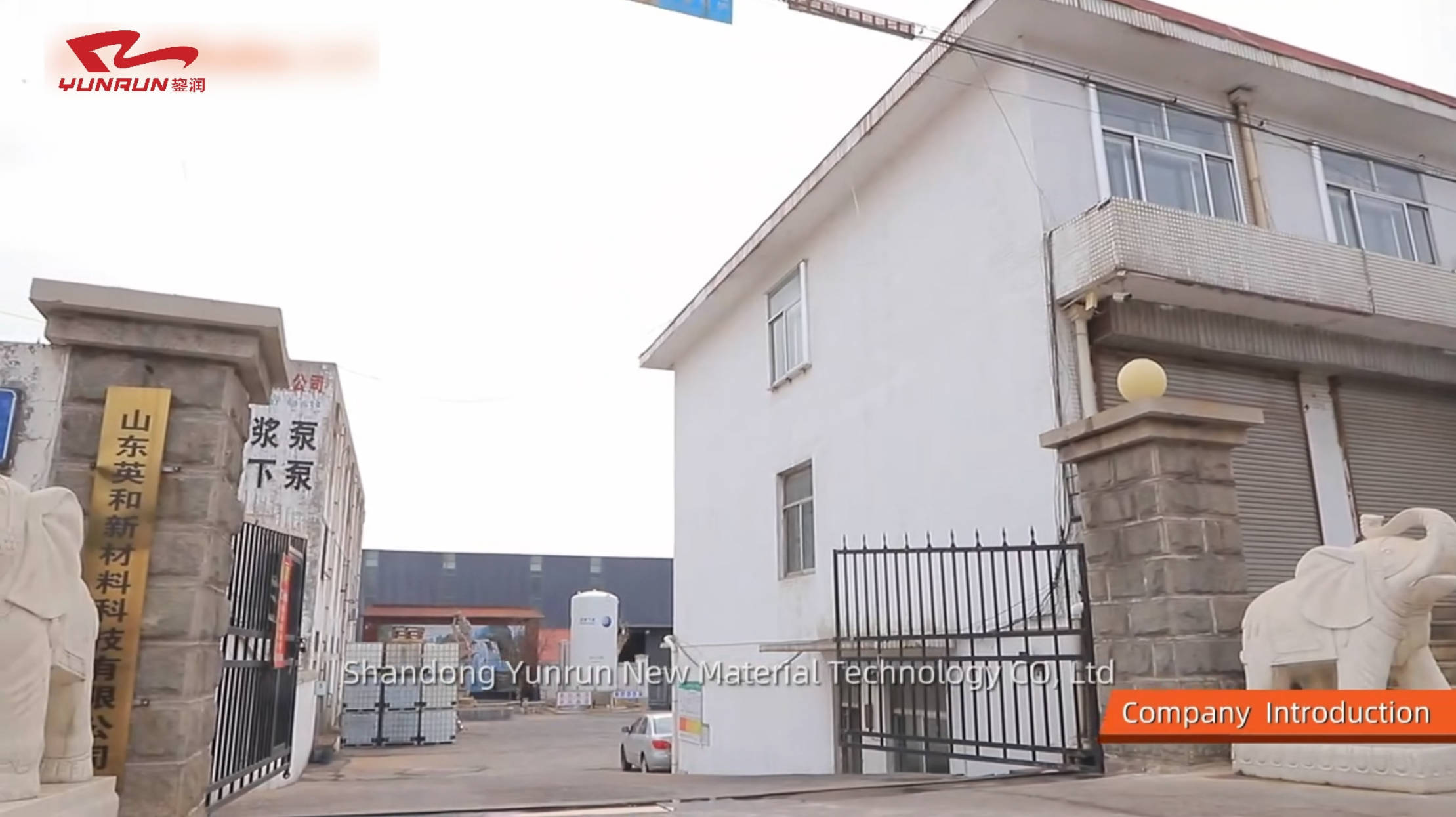A Comprehensive Guide to Neutral Silicone Structural Sealant: Characteristics and Applications
Neutral silicone structural sealant is a high-performance adhesive widely used in the construction and manufacturing industries due to its outstanding properties. Unlike traditional sealants, neutral silicone offers superior adhesion to a variety of substrates, including glass, metal, and plastics, making it an ideal choice for a range of applications. This sealant is particularly beneficial in en
Aug 09,2025
Neutral silicone structural sealant is a high-performance adhesive widely used in the construction and manufacturing industries due to its outstanding properties. Unlike traditional sealants, neutral silicone offers superior adhesion to a variety of substrates, including glass, metal, and plastics, making it an ideal choice for a range of applications. This sealant is particularly beneficial in environments where exposure to harsh weather conditions is a concern, as it exhibits excellent resistance to moisture, UV radiation, and temperature fluctuations.
One of the standout features of neutral silicone structural sealant is its ability to maintain flexibility over time. This flexibility is crucial in applications where movement is expected, such as in building facades or window installations. The sealant can accommodate structural shifts and expansions without losing its integrity, ensuring long-lasting performance and reliability. Additionally, its neutral cure system means that it does not release acetic acid during curing, minimizing the risk of corrosion on sensitive metals and substrates.
In terms of application, neutral silicone structural sealant is versatile. It is commonly used in glazing, weather sealing, and bonding applications. For example, in the glazing industry, it serves as a crucial component in the assembly of insulated glass units, providing a durable and weatherproof seal. In construction, it is often utilized for sealing joints in concrete, brick, and stone, ensuring that buildings remain energy-efficient and protected from water ingress.
Moreover, the ease of application is another advantage of neutral silicone structural sealant. It typically comes in cartridges, allowing for straightforward application using standard caulking guns. This user-friendly aspect makes it accessible for both professionals and DIY enthusiasts. However, proper surface preparation is essential for optimal adhesion; surfaces should be clean, dry, and free from any contaminants prior to application.
When using neutral silicone structural sealant, it’s important to consider its curing time and conditions. While it cures relatively quickly, factors such as humidity and temperature can influence the time it takes to fully cure. Therefore, selecting the right product for specific project conditions is critical to ensuring successful outcomes.
In conclusion, neutral silicone structural sealant stands out as an essential material in modern construction and manufacturing. Its exceptional adhesion, flexibility, and weather resistance make it suitable for a range of demanding applications. By understanding its properties and appropriate uses, professionals can leverage this versatile adhesive to enhance the durability and efficiency of their projects.
One of the standout features of neutral silicone structural sealant is its ability to maintain flexibility over time. This flexibility is crucial in applications where movement is expected, such as in building facades or window installations. The sealant can accommodate structural shifts and expansions without losing its integrity, ensuring long-lasting performance and reliability. Additionally, its neutral cure system means that it does not release acetic acid during curing, minimizing the risk of corrosion on sensitive metals and substrates.
In terms of application, neutral silicone structural sealant is versatile. It is commonly used in glazing, weather sealing, and bonding applications. For example, in the glazing industry, it serves as a crucial component in the assembly of insulated glass units, providing a durable and weatherproof seal. In construction, it is often utilized for sealing joints in concrete, brick, and stone, ensuring that buildings remain energy-efficient and protected from water ingress.
Moreover, the ease of application is another advantage of neutral silicone structural sealant. It typically comes in cartridges, allowing for straightforward application using standard caulking guns. This user-friendly aspect makes it accessible for both professionals and DIY enthusiasts. However, proper surface preparation is essential for optimal adhesion; surfaces should be clean, dry, and free from any contaminants prior to application.
When using neutral silicone structural sealant, it’s important to consider its curing time and conditions. While it cures relatively quickly, factors such as humidity and temperature can influence the time it takes to fully cure. Therefore, selecting the right product for specific project conditions is critical to ensuring successful outcomes.
In conclusion, neutral silicone structural sealant stands out as an essential material in modern construction and manufacturing. Its exceptional adhesion, flexibility, and weather resistance make it suitable for a range of demanding applications. By understanding its properties and appropriate uses, professionals can leverage this versatile adhesive to enhance the durability and efficiency of their projects.
PREVIOUS:
Others




